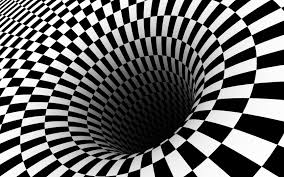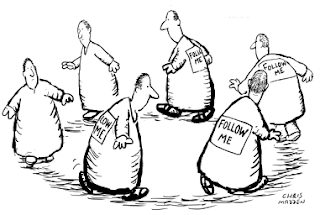
Description
This course gives you insights into the complexity and the beauty of the physiological and psychological mechanisms of your sensory systems. We explore the age-old question of how information about the world is acquired by the visual and auditory systems (and others) and used together with stored information to create an ongoing representation of the world.
We begin the course with an overview of the methodologies, theories and overriding assumptions within the field of sensation and perception. We then look at the way attention and awareness guide what we experience and understand about our environment. We also learn about sound by exploring sound waves, the anatomy of ears and by discovering how our brain perceives auditory signals. Finally, we look at how the visual system functions, the anatomy of the eyes and how our optic nerve and brain communicate.
In this course, we focus primarily on a biological perspective, although we also explore other fields like philosophy, communications studies and social psychology to contextualize the way people sense and understand the world. Furthermore, we use hands on examples, especially magic and illusions, to introduce topics throughout the course.
Lectures: Tuesday: 6 PM – 8:30 PM
Classroom: CC – 111
Office: H – 1125.12
Office Hours: by appointment only
Email: professor@erikchevrier.ca
Required Text
Yantis, S. (2013). Sensation and Perception. Worth Publishers.
Book Companion website: http://bcs.worthpublishers.com/yantis1e
PsychPortal for Sensation and Perception by Yantis, S (use activation code bundled with textbook) http://courses.bfwpub.com/yantis.php
Additional materials (lecture notes and readings) will be posted on the class website.
Lecture Schedule
I will not lecture about everything covered in the text book. It is your responsibility to do all of the readings. In each class, I will use a variety of teaching tools including videos, activities, experiments, discussions and debates. In order to fully participate in the class, you MUST complete the assigned readings BEFORE each class. Attendance is also mandatory. This is a TENTATIVE schedule and is subject to change! Be sure to consult the course website regularly to be aware of any changes.
PART 1
| Date | Topic | Chapter |
| September 8 | Course overview / Introduction to Perception | - |
| September 15 | NO CLASS! | - |
| September 22 | Foundations of Sensation and Perception | Chapter 1 |
| September 29 | Attention and Awareness | Chapter 8 |
| October 6 | Sound and the Ears | Chapter 9 |
| October 13 | The Auditory Brain | Chapter 10 |
| October 20 | Perceiving Speech and Music | Chapter 11 |
| October 27 | MIDTERM EXAM | - |
PART 2
| Date | Topic | Chapter |
| November 3 | Light and the Eyes | 2 |
| November 10 | Visual Brain | 3 |
| November 17 | Recognizing Visual Objects | 4 |
| November 24 | Perceiving Colour | 5 |
| December 1 | Class Presentations | - |
| - | FINAL EXAM | - |
Assesment:
| Exam 1 | 40% |
| Exam 2 | 40% |
| Group Project | 10% |
| Class Participation | 10% |
Letter Grade Equivalency:
Your numerical grades will be converted to letter grades as follows
| A+ (93 – 100%) | B+ (77 – 79%) | C+ (67 – 69%) | D+ (57– 59%) |
| A (85 – 92%) | B (73 – 76%) | C (63 – 66%) | D (53 – 56%) |
| A- (80 – 84%) | B- (70 – 72%) | C- (60 – 62%) | D- (50 – 52%) |
| F < 50% | - | - | - |





